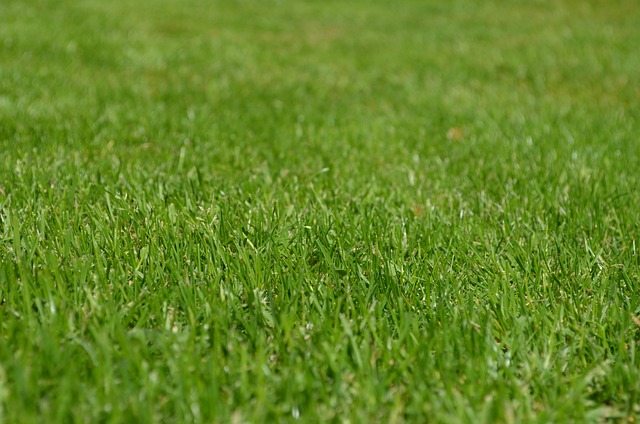Mulching and edging are essential practices in Lawn Care and Landscaping. Mulch, whether organic (e.g., wood chips) or inorganic (e.g., rock), offers benefits like moisture conservation, weed suppression, and nutrient provision. Edging defines lawn boundaries, prevents grass from encroaching on sidewalks, and acts as a weed barrier. Combining these techniques leads to healthier lawns, reduced maintenance, enhanced aesthetics, and a thriving ecosystem by attracting beneficial insects and microorganisms.
Transform your lawn into a picture of health and elegance with the power of mulching and edging. This comprehensive guide delves into the art and science of these essential lawn care practices, revealing how they can enhance both the appearance and vitality of your turf. From understanding the benefits of mulching to mastering various edging techniques, discover the secrets to achieving a lush, well-defined landscape. Implement these strategies for optimal lawn care and landscaping.
- Understanding Mulching: Benefits and Types for Lawn Health
- Edging Techniques: Enhancing Your Lawn's Appearance and Functionality
- Combining Mulching and Edging: A Comprehensive Landscaping Approach
Understanding Mulching: Benefits and Types for Lawn Health

Mulching is an essential practice in lawn care and landscaping, offering numerous benefits for the health and aesthetics of your grass. It involves placing organic or inorganic materials on top of the soil to conserve moisture, suppress weeds, and provide essential nutrients as they decompose. By understanding the different types of mulch and their advantages, you can transform your lawn into a vibrant, healthy green space.
There are various types of mulch available, each with unique properties. Organic mulches, such as wood chips, straw, or compost, enrich the soil as they break down, promoting nutrient-rich conditions for plant growth. Inorganic options, like rock, gravel, or rubber, provide a more durable solution, preventing weed growth without adding organic matter. The choice depends on your lawn’s needs, aesthetics, and climate considerations, ensuring a healthier, better-maintained lawn in the long run.
Edging Techniques: Enhancing Your Lawn's Appearance and Functionality

Edging, a meticulous lawn care and landscaping technique, is often overlooked but significantly contributes to your lawn’s overall aesthetics and health. This process involves neatly defining the boundaries between your lawn and pathways, gardens, or other landscape features. By utilizing specific edging tools like string trimmers, edgers, or hand tools, you can achieve clean lines that enhance the visual appeal of your outdoor space.
Proper edging isn’t just about looks; it serves practical purposes too. It prevents grass from encroaching onto sidewalks and driveways, reducing the need for frequent repaving. Moreover, it creates a barrier against weeds, minimizing their growth into your lawn area. Thus, edging is an integral part of comprehensive lawn care and landscaping practices that lead to a lush, well-maintained yard.
Combining Mulching and Edging: A Comprehensive Landscaping Approach

In the realm of lawn care and landscaping, mulching and edging are two practices that, when combined, offer a comprehensive aesthetic and functional solution. Mulching involves placing organic material, such as wood chips or straw, on top of the soil to conserve moisture, suppress weeds, and enhance soil fertility over time. Edging, on the other hand, is the process of defining the boundary between grassy areas and hardscapes like pavers, patios, or flower beds.
By integrating these two techniques, landscaping professionals can achieve a polished look while ensuring optimal lawn health. Edging provides a clean line, preventing grass from encroaching onto hardscape surfaces and vice versa, which can help reduce maintenance. Meanwhile, mulching contributes to a healthier ecosystem by breaking down over time, adding valuable nutrients back into the soil and supporting beneficial insects and microorganisms that play a crucial role in lawn care and overall landscape health.
Mulching and edging are essential components of effective lawn care and landscaping. By understanding the benefits and various types of mulching, as well as mastering different edging techniques, you can significantly enhance your lawn’s health, appearance, and overall functionality. Combining these practices creates a comprehensive, attractive, and low-maintenance outdoor space that increases property value and provides a welcoming environment for both residents and visitors alike.














